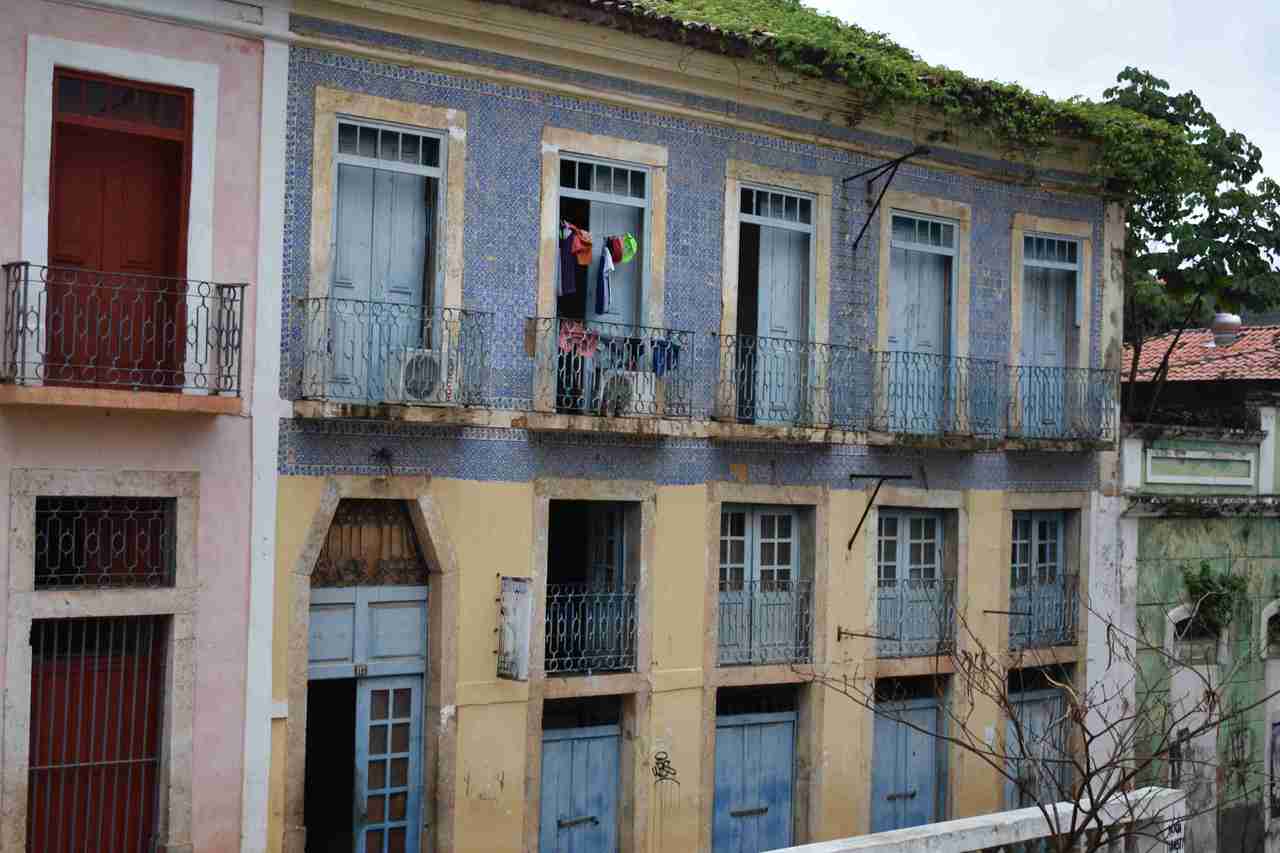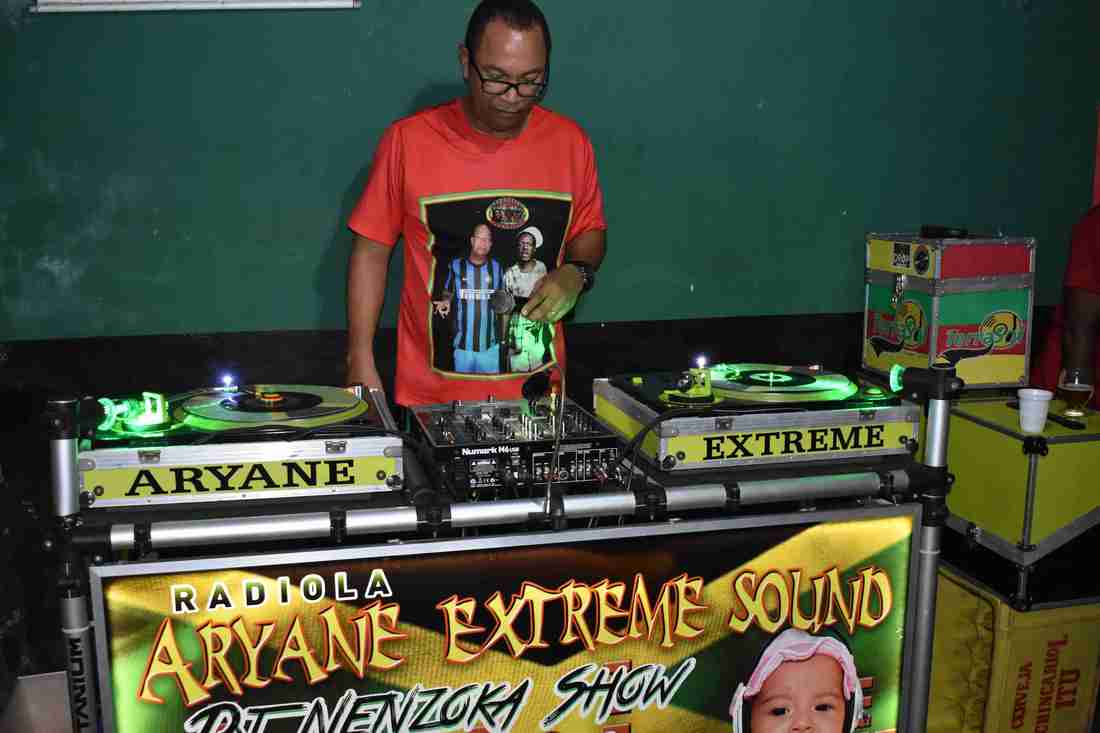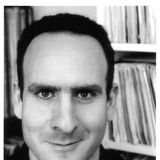Written by:
Edited by:
Share article:
A Cultural Connotation
“In Maranhão, reggae has this cultural connotation,” says Fauzi Beydoun, leader of the iconic local band, Tribo de Jah. “We absorb reggae very intensely because it’s music that speaks from the heart. This is not a commercial movement; it’s cultural, it’s identity. It really touches the heart of the people here.”
I first travelled to São Luís in 2010 and was fortunate to return last year, trying to better understand its reggae obsessions. The city has a rugged beauty, its crumbling mansions topped by distinctive decorated tiles that were imported from Europe during the 17th and 18th Centuries, but most are roofless and falling to bits and the coastline flanked by dozens of hulking oil tankers, rendering high beachside pollution; many surrounding communities have substandard breeze-block dwellings.
I met the historian and author Bruno Azevedo at a vibrant street fair held in the historic centre. He tells me that cocoa, tobacco and cotton made São Luís a wealthy centre of the Portuguese empire, especially in the mid-19th Century, when its cotton was exported to America during the US Civil War. Cut off from the rest of Brazil due to a lack of roads and its remote geographical location, the city had stronger ties with Europe and a tradition of romantic and Parnassian poetry; for instance, Antonio Gonçalves Dias was a São Luís resident regarded as the National Poet of Brazil for his 1843 work “Song of Exile,” and there was Joaquim de Sousa Andrade, an abolitionist that wrote a famous poem called “Guesa,” published in 1871 as a grand exploration of the Americas. Yet, above all, Azevedo emphasizes the terrible human cost of the wealth accumulated through slavery and he describes clear parallels with Jamaica, which also saw a dramatic economic decline when slavery was abolished. The end result for the contemporary realities of both locations are drastic forms of social inequality based on race and conflicted identity issues.






